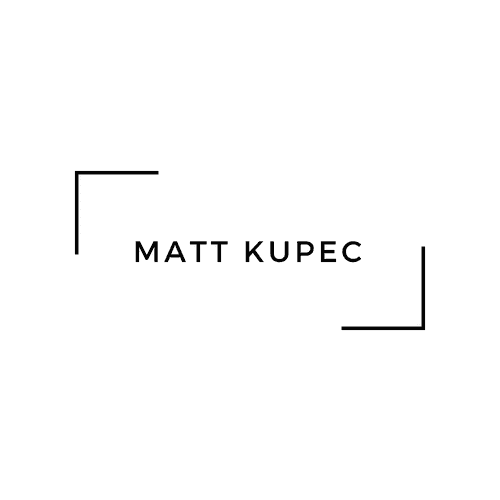We all strive to have a “best-in class” fundraising operation at the organizations we represent. We want to raise the most money, be the most efficient, provide the greatest return on investment, make the biggest impact and give our volunteers something to brag about. At least, I always have!
Think about all the job openings for fundraising leaders we read each week. The job description includes an opportunity for the new leader to build the best fundraising program. We all strive for it, at all levels no matter how much money we are raising. And on top of that, all of our CEO’s and Board Chairs seem to think their organization should absolutely have the best fundraising program in the country!
But how do we measure how good our fundraising shops are? We don’t have a fundraising Super Bowl ever year. There are no Emmy Awards Ceremonies. No World Series.
So is our fundraising shop really good? Is the development shop at Harvard better than the development shop at Memorial Sloan Kettering? How do we know? More important, how we articulate to our bosses that we have a good measurement system to evaluate the job we are doing in fundraising.
Here are some of the factors that I believe should be included in an analysis of determining how good your fundraising shop is:
- Year to Year Cash and Commitments Comparisons. This is the simplest evaluation tool – how much did you raise this year vs. last year. A strong increase from the year before is a great measurement in your fundraising progress. Make sure to include pledges and new commitments in the evaluation as well.
- Peers. This is one I used very effectively when I was at UNC. A peer comparison is an indicator which gains a lot of attention from your Board members and volunteers. Everybody likes to know where you stack up against the competition. You can do these comparisons with other factors in addition to dollars raised – source of gifts, participation rates, growth over time, etc. One of my favorites was to show how much UNC had moved up the rankings in terms of dollars raised. When I started at UNC we were 45th in the nation in most dollars raised. By the time I was finished, UNC had risen to 16th nationally and was competing against the very powerful Ivy League fundraising machines and other top private universities. That chart gained a great deal of attention and, best yet, congratulations to the staff on a job well done!!
- Outside Review. This was another effective measurement I used to show UNC’s standing among peers. In this case, the Council for the Advancement and Support of Education (CASE), the organization that represents the interest of fundraising in higher education, initiated a program to acknowledge the best performing fundraising programs in America by awarding annual performance recognition awards. UNC was awarded 12 Best Fundraising Performance Awards, the most received by any University in America during my tenure. These award recognitions became a bragging point for volunteers and staff.
- Give it Context. Look for statistics that will place your organization’s performance in context to illustrate the great success that has been achieved. The best example I have seen lately was at the University of South Florida. USF recently completed a $1 billion campaign, a really good effort, but, there have been many $1B+ campaigns at Universities across the land. But, USF’s leadership did some research and found that only three colleges started after 1960 had ever had successful $1B+ campaigns. So, USF is one of only three in the country to have achieved this success. That is putting your numbers in context to show how impressive your results were.
- Return on Investment. This may be the most important statistic for your development program. Fundraising is an investment not an expense. Give the development office $0.20 and it will return $1!! No other departments have that type of return on investment. Promote this fact! Work it and make sure you do not go wild with your expenditures in running your operation but make sure to tell your leadership and volunteers about the great return your fundraising shop is providing for your organization.
- Showing Impact. At the end of the day, the better you can the showcase the impact of your development operation the better the case you can make for future support. Fundraising dollars are critical to your organization’s success and future. Make sure you articulate the many ways fundraising dollars are making a difference. Communicate the scholarships that have been created, the professorships endowed, the research opportunities created, the infrastructure supported and programs that have been started. Show impact and say it loud and proud!
These are simple ways to evaluate your fundraising program. They provide great benchmarks for you as the leader of the organization. They also provide important measures to help inform the decisions you need to make on budgets, personnel, and all the important issues you will address in building a “best-in class” development program. Use these measures to your advantage as you look to the organization to make a strong commitment to supporting your program with the resources needed for your program to make a difference.

